Take a look at this included link:

Long-Distance Telecommunications
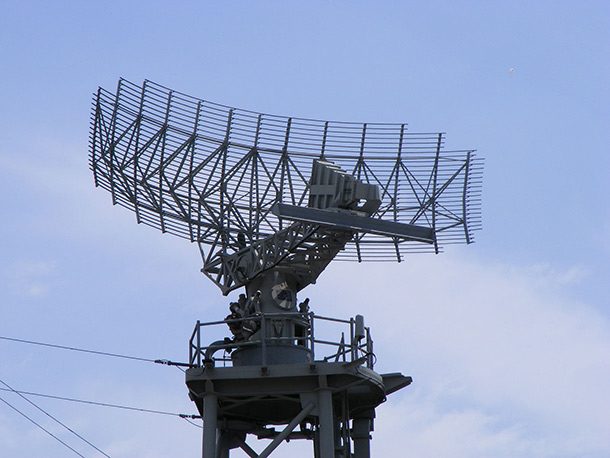
Used for everything from communications and spying to research and development, with around 200 NASA satellites orbiting the Earth everyday, this technology has made it possible for us to stay in touch with people on the other side of the globe, instantaneously.
Solar Energy

To build a remotely piloted aircraft, made to fly unmanned at high altitudes, NASA put together a 28-member union called the Environmental Research Aircraft and Sensor Technology. The technology uses solar power to not add weight to the aircraft. Because of this invention, millions of homes are now equipped with crystal silicon solar power trimming down traditional energy expenses and reducing pollution.
Artificial Limbs
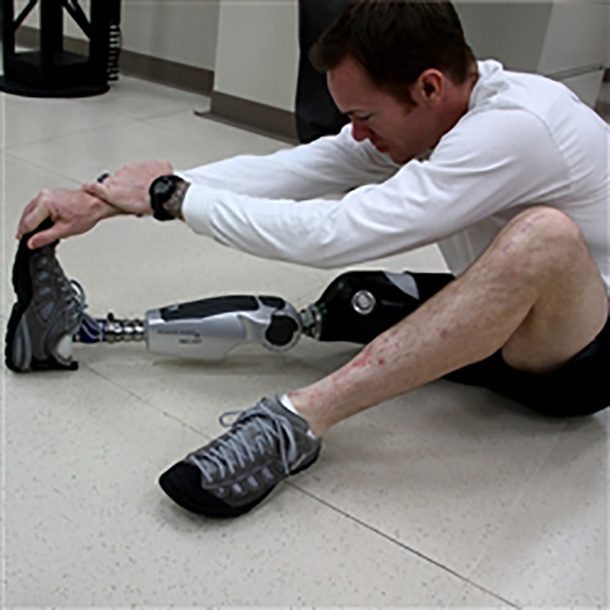
Artificial limbs are the result of the advancement of artificial muscle systems for use in NASA space robotic and extravehicular activities.
Ventricular Assist Device
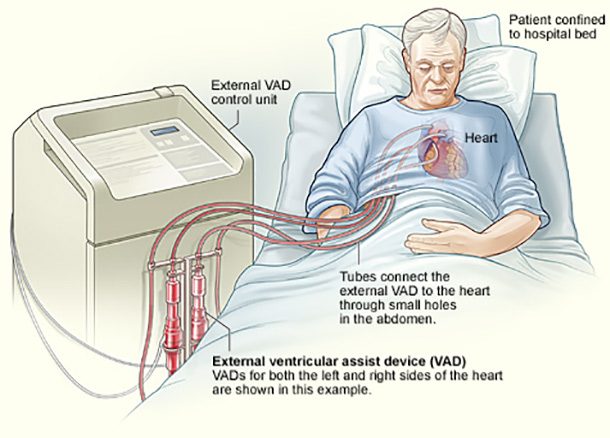
In collaboration with Dr. Michael DeBakey, Dr. George Noon, and MicroMed Technology, NASA invented a heart pump for patients waiting for a heart transplant. A heart donor is very difficult to come by, so while the patient is on queue, the Ventricular Assist Device pumps blood until a heart donor is available.
Invisible Braces
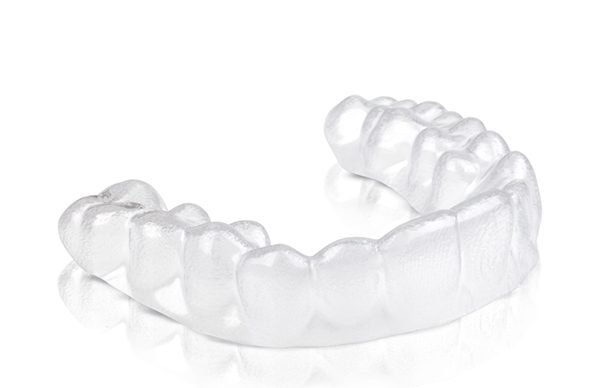
For adults that want a bright smile without the metal contraption required, the invisible braces translucent polycrystalline alumina is the result of NASA Advanced Ceramics Research in collaboration with a company called Ceradyne to protect the infrared antenna of heat-seeking missile trackers.
Scratch-Resistant Lenses
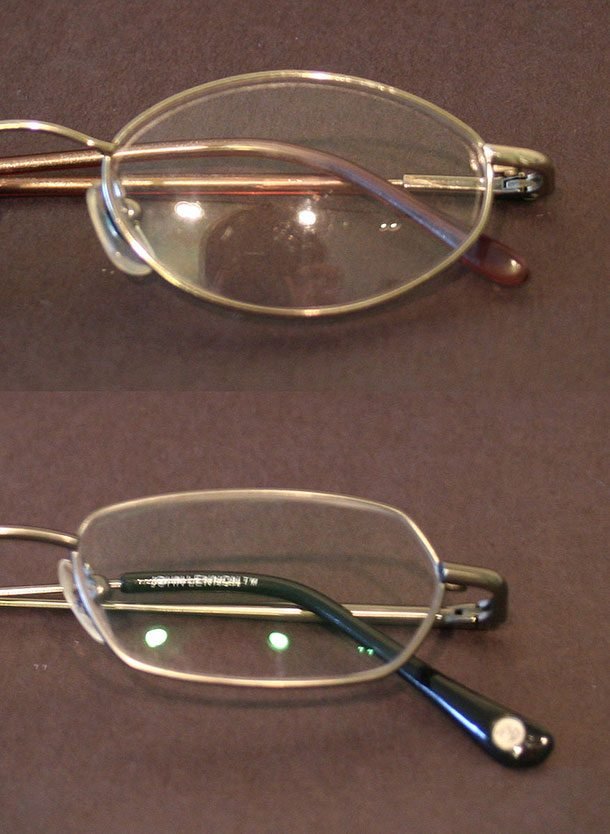
NASA needed a special coating to protect space equipment from dirt found in the space environment, so they came up with their special plastics coating. Now, we’re enjoying sunglasses resistant to scratches. Even better, plastic is cheaper than glass and is better at absorbing ultraviolet radiation.
Memory Foam
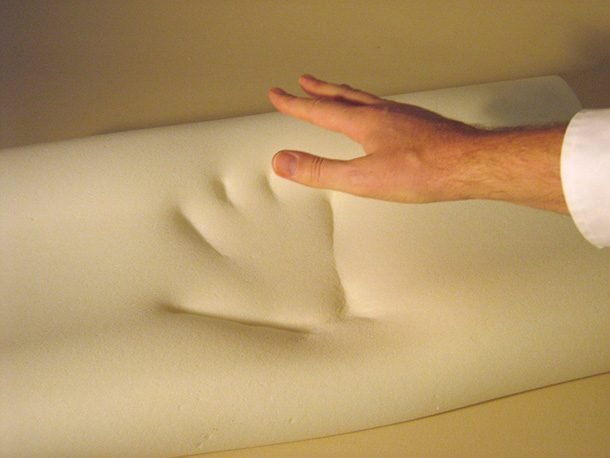
The open cell polyurethane-silicon plastic is a product of NASA needing aircraft seats to reduce impact during landing. Since then, memory foam has helped millions sleep better at night.
Infrared Ear Thermometers
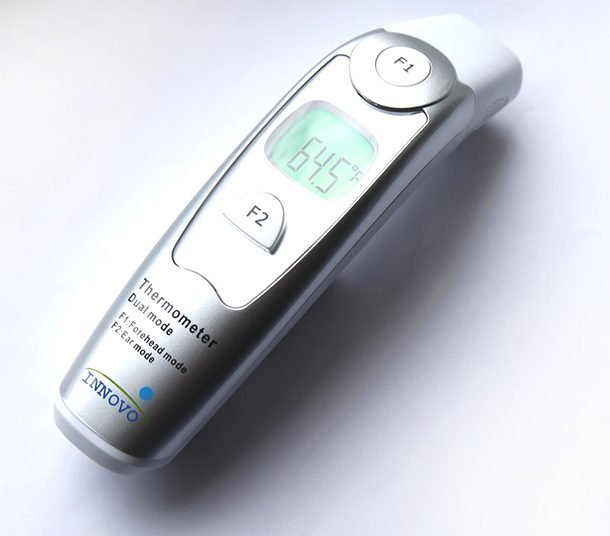
NASA uses infrafred technology to measure the temperature of stars. This technology became the ear thermometer which captures our body temperature using infrared sensors that detect the amount of energy given off by the eardrum. We’ve been saved from the hassle of a standard mercury thermometer which is a little difficult to read.
Shoe Insoles

When man landed on the moon, NASA invented a three-dimensional polyurethane foam fabric in boots to set a spring in the astronauts’ stride while giving ventilation. Now, we have shoes that reduce the impact on our legs and feet when we go walking and running.
Smoke Detector
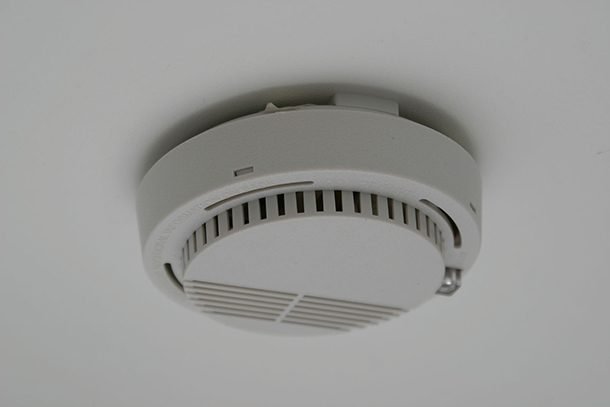
NASA invented the first adjustable smoke detector to let astronauts know if there is fire or if noxious gases are loose in Skylab, the first US space station. Now, we’re enjoying safety from fire in our homes thanks to this technology.
Cordless Tools
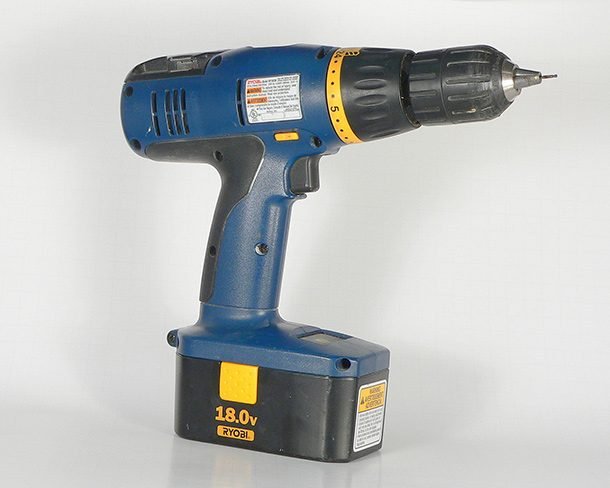
Before landing on the Moon, NASA needed equipment astronauts could use to get rock and soil samples. Lightweight and powerful enough to drill into the moon’s surface, NASA and Black and Decker invented a battery-operated motor drill. Now, cordless tools abound.
Water Filters
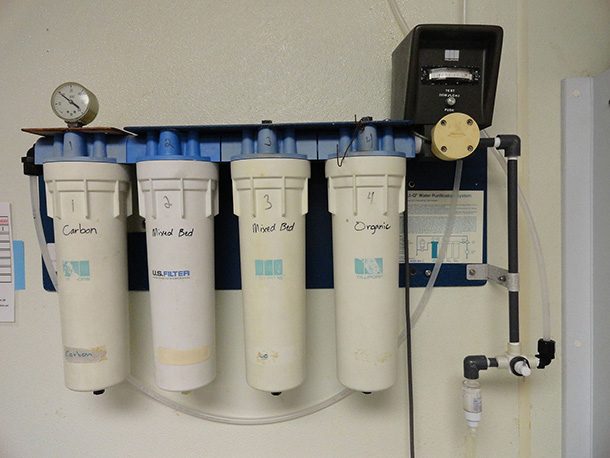
Astronauts need clean water in space, so NASA put together a filter with activated charcoal that contains ions to neutralize pathogens in water. Now we have the water filter.
Enriched Baby Food
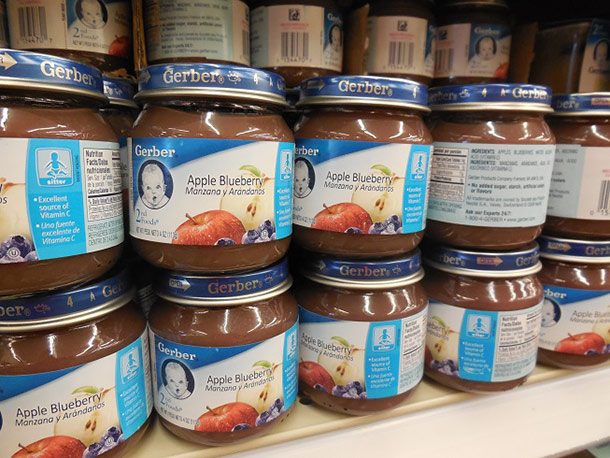
NASA discovered a microalgae that they use as a recycling agent for extended travel to space. The substance, formulated into products like life’sDHA and life’sARA and based on the microalgae, is now a nutritional ingredient in commercial infant formulas.
Freeze Drying
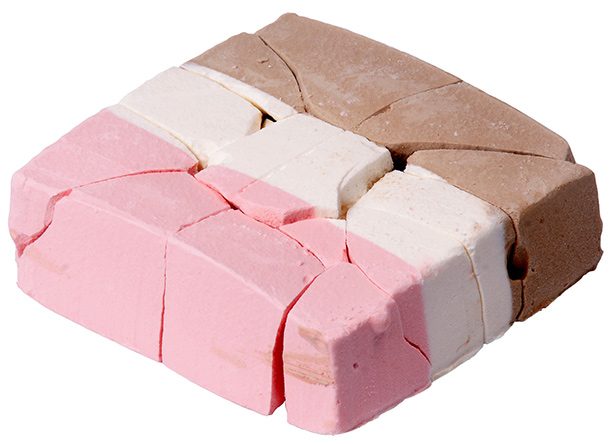
NASA did major research on space food in preparation for the Apollo missions, and together with Nestle, came up with Freeze Drying – a process that involves dehydration of food to make it more convenient for transport. Food is frozen and the surrounding pressure reduces the frozen water in food to sublimate directly from the solid phase to the gas phase.
Powdered Lubricants

PS300, a solid lubricant coating is also a product of NASA. It is deposited by thermal spraying which protects foil air bearings. With its ability to reduce friction and emissions, it’s popular for industrial applications such as refrigeration compressors, turbochargers, and hybrid electrical turbogenerators.
Structural Analysis Software
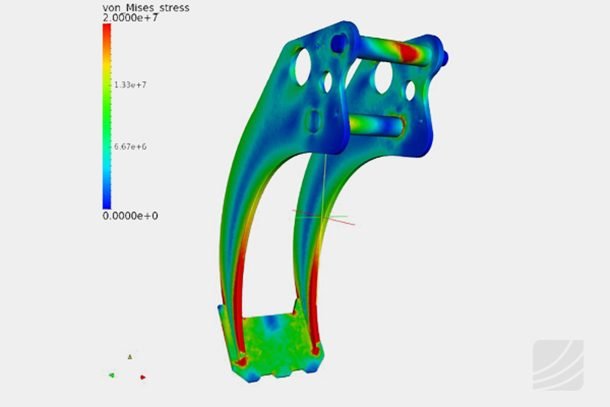
Software Engineers at NASA design thousands of computer programs. The NASA Structural Analysis Program is one of the most widely-used programs, utilized to design Cadillacs, roller coasters, and much more.
Pollution Remediation
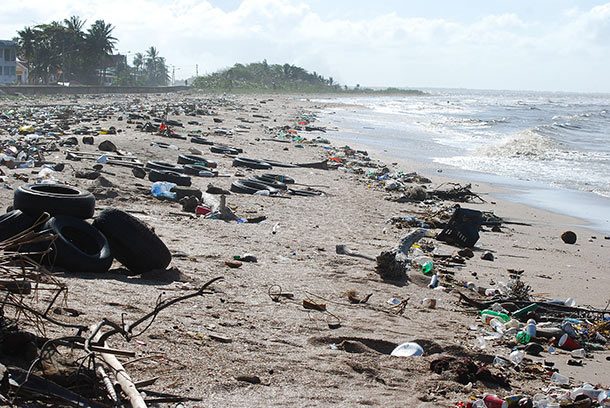
Petroleum Remediation Product is a microencapsulating technology developed by NASA. The microcapsules, tiny balls of beeswax with hollow centers, safely clean petroleum-based pollutants from water. Chemical compounds from crude oil are prevented from settling, reducing damage to ocean beds.
Improved Radial Tires
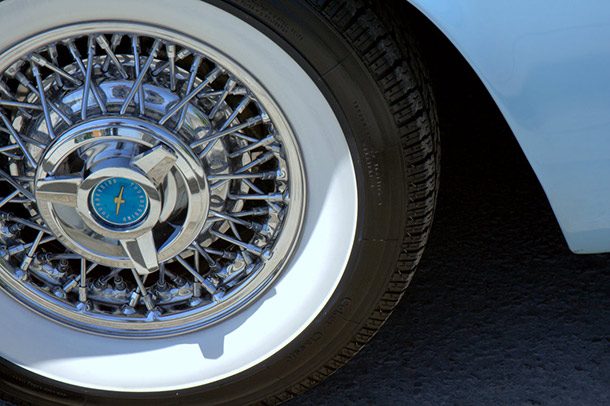
NASA, along with Goodyear and Rubber company, develops fibrous material five times more durable than steel. It was used in parachute shrouds to soft-land the Viking Lander spacecraft on Mars. As a result, our tires became a whole lot better.
Light-Emitting Diodes
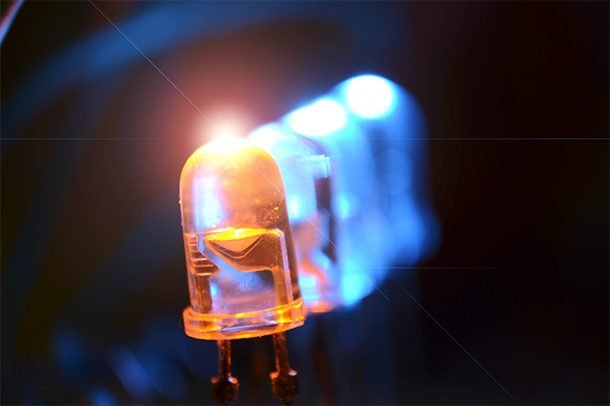
High-intensity LED (Light-Emitting Diodes) units are developed for the NASA space shuttles. LED works when an electric current is applied in the forward direction of a device and a light is emitted by a semiconductor diode. LEDs are making great advances in power-efficiency and have already started to play a vital role in general lighting.
Chemical Detection
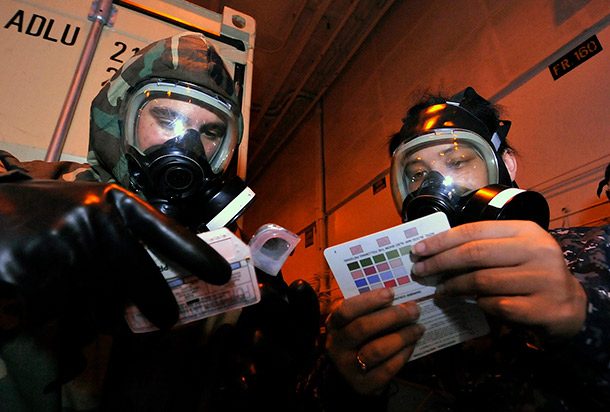
Intelligent Optical Systems is employed by NASA to build moisture and pH-sensitive sensors to detect corrosive conditions in aircraft to prevent damages. When the sensor comes in contact with chemical reactions in the aircraft, it changes colors. The US Department of Defense is now using these sensors to detect chemical warfare agents and possible threats.
LZR Racer Suit
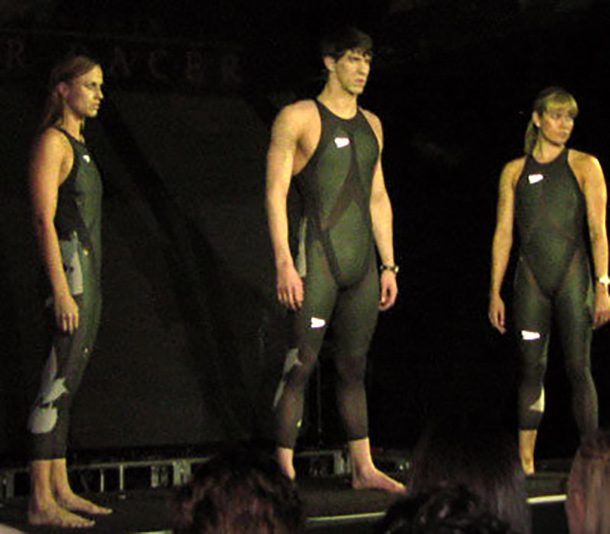
The LZR Racer Suit is a high tech swimsuit made of fabric composed of woven elastane-nylon and polyurethane. The design is supported by the wind tunnel testing facilities and Ansys fluid flow analysis software of NASA.
Fire Fighting Equipment
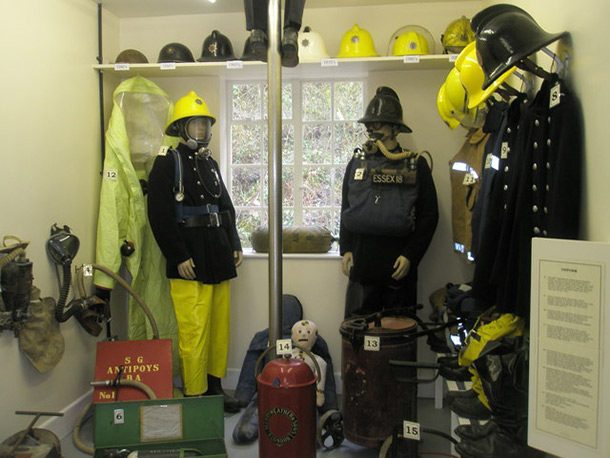
NASA and the National Bureau of Fire Standards builds a lightweight breathing system of mask, frame, harness and air bottle using an aluminum composite material developed by NASA for use on rocket casings. The breathing apparatus is now widely used for protection from smoke inhalation injury. In addition to that, the inductorless electronic circuit technology developed by NASA is now used by firefighters as short-range two-way radios.
Video Enhancing and Analysis Systems
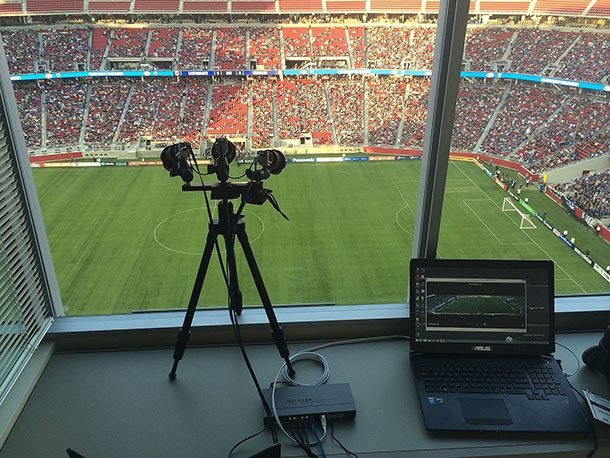
Video Image Stabilization and Registration (VISAR) technology is NASA’s gift to the FBI, helping them investigate video footage. This tool offers frame-by-frame analysis, full-resolution video, conversion of analog video to digital formats and enhanced quality of filmed subjects without distorting underlying footage.



























